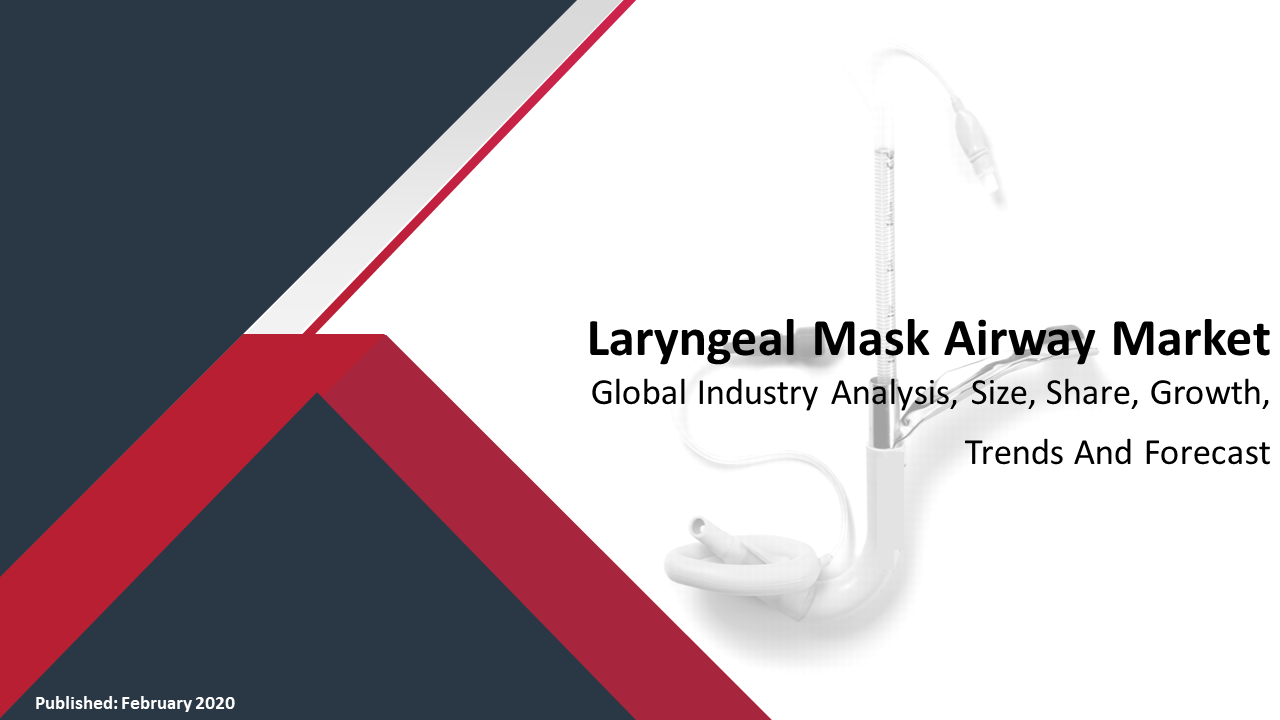North America Medical Imaging Software Market Outlook 2031
The North America medical imaging software market size was valued at USD 2.26 Billion in 2022 and is likely reach to USD 4.82 Billion by 2031, expanding at a CAGR of 8.79% during the forecast period, 2023-2031. The growth of the market is attributed to rising demand for integration of digital technologies in the healthcare industry.
Medical image analysis software is used to view, train, store, and share medical data. Moreover, it improves the effectiveness of the chosen medical treatment. Deep learning algorithms are used by medical image analysis software to read and evaluate images. It can scan through hundreds of images at once, allowing it to handle large workloads.

The latest remote viewing systems provide access to images and reports through e-mail or the Internet through PACS modules, third-party standalone systems, or systems linked to the facility's archive/storage system. Most of the software deployed are cloud/web-based systems, allowing them to be accessed from remote place. To meet HIPAA requirements, all offer data encryption and password protection.
As the number of COVID-19 patients increases, many hospitals are looking for ways to rapidly expand their radiology imaging capabilities. Large computed tomography (CT) system vendors offer semi-truck trailer configurations, and some have begun offering CT systems inside cargo shipping containers.
Medical Imaging Software Market Trends, Drivers, Restraints, and Opportunities
- Increasing development of innovative imaging technologies is projected to drive the market growth.
- Rising computer aided diagnosis is estimated to fuel the growth of the market.
- High cost of installation and timely maintenance is estimated to hinder the market growth.
- Growing investment of government and private organizations in the healthcare infrastructure is anticipated to create immense opportunities for the market players.
Scope of The Medical Imaging Software Market Report
The report on the North America medical imaging software market includes an assessment of the market, trends, segments, and regional markets. Overview and dynamics have also been included in the report.
|
Attributes
|
Details
|
|
Report Title
|
Medical Imaging Software Market - North America Industry Analysis, Growth, Share, Size, Trends, and Forecast
|
|
Base Year
|
2022
|
|
Historic Data
|
2016–2021
|
|
Forecast Period
|
2023–2031
|
|
Segmentation
|
Types (2D Imaging, 3D Imaging, and 4D Imaging), Applications (Dental, Orthopedic, Cardiology, Obstetrics and Gynecology, Mammography, Urology and Nephrology)
|
|
Geographical Scope
|
The US, Canada, Mexico, and Rest of North America
|
|
Report Coverage
|
Company Share, Market Analysis and Size, Competitive Landscape, Growth Factors, and Trends, and Revenue Forecast
|
|
Key Players Covered in the Report
|
Toshiba, Riverain Technologies, Siemens, Medviso and MIM Software
|
Medical Imaging Software Market Segment Insights
3D imaging segment to account a major market share
Based on types, the market is segregated into 2D imaging, 3D imaging, and 4D imaging. The 3D imaging segment is anticipated to dominate the market share. According to the Centers for Disease Control and Prevention, heart disease is the leading cause of death for men, women, and people of most racial and ethnic groups in the US.
In the US, one person dies from cardiovascular disease every 36 seconds. Every year, approximately 655,000 Americans die as a result of heart disease. 3D imaging can be useful in detecting early warning signs of heart disease.

The cardiology segment is anticipated to expand at a robust CAGR
On the basis of applications, the North America medical imaging software market is segregated into dental, orthopedic, cardiology, obstetrics and gynecology, mammography, urology and nephrology. The Food and Drug Administration (FDA) of the US has approved the marketing of software to aid in the acquisition of cardiac ultrasound or echocardiography images.
Caption Guidance software is an accessory to diagnostic ultrasound systems that uses artificial intelligence (AI) to assist the user in capturing images of a patient's heart that are of acceptable diagnostic quality. Researchers at the Dalio Institute of Cardiovascular Imaging in New York, The US, are developing an automated deep learning method for segmenting multiple structures from Coronary Computed Tomography Angiography (CCTA) images.

Segments
Types
- 2D Imaging
- 3D Imaging
- 4D Imaging
End-Users
- Dental
- Orthopedic
- Cardiology
- Obstetrics and Gynecology
- Mammography
- Urology and Nephrology
Geography
- The US
- Canada
- Mexico
- Rest of North America
Key Players
Competitive Landscape
The major players in the North America medical imaging software market include Toshiba, Riverain Technologies, Siemens, Medviso and MIM Software.
Companies are engaging in mergers, acquisitions and partnerships to expand their market share.
In May 2020, Sectra, an international medical imaging IT and cybersecurity company, planned to install the radiology and breast imaging modules of its enterprise imaging solution at Mayfair Diagnostics' facilities. The solution is expected to help with workflow optimization and increase reading efficiency across multiple geographic locations, resulting in better diagnostics and patient care.
In April 2020, Intelerad Medical System, a global provider of medical imaging software and enterprise workflow solutions, announced that the FDA has approved its Intel Connect EV solution for diagnostic image review on a variety of mobile devices. The approval of Intelerad 510(k) submission comes at an important time for healthcare systems, ensuring that radiologists can collaborate and learn.


























